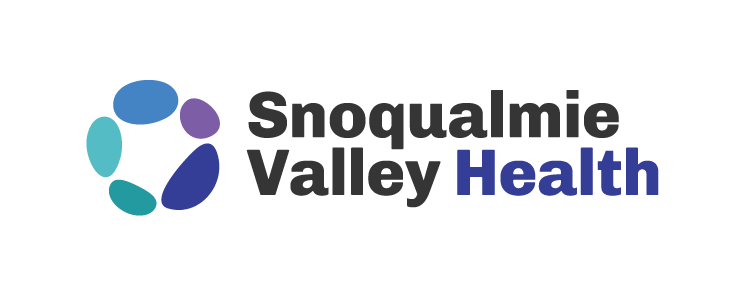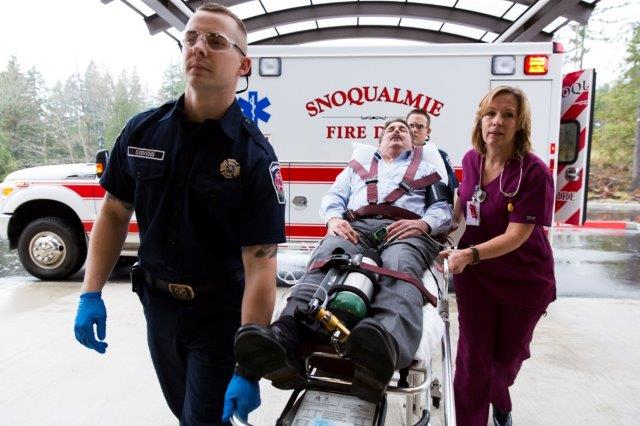1. Sudden Stroke Symptoms
Someone who is having a stroke may have some or all of these symptoms and they could be mild or severe. Don’t wait to call 911 — stroke is always an emergency.
- Confusion, trouble speaking, or understanding
- Trouble seeing
- Trouble walking or loss of balance
- Severe headache with no known cause
2. Test F.A.S.T.
Do the following test if you see stroke symptoms in another person:
- Face drooping: Ask the person to smile. Does one side of hte face droop?
- Arm weakness: Ask the person to raise both arms. Does one arm drift down or not rise?
- Speech difficulty: Ask the person to say, “The sky is blue.” Is the person’s speech slurred, garbled, or very slow?
- Time to call 911: Whether one symptom or many, or if these are mild or go away, call right away.
3. Call 911
Minutes count!
Medical care begins with 911
Why Call 911?
Calling 911 might feel scary or embarrassing. Don’t let these concerns delay getting treatment. Minutes count — the faster treatment begins, the greater your chance of full recovery.
The people who respond when you call 911 will:
- Start giving you care right away
- Get you to a hospital faster than if you go on your own
- Call ahead so the right people are waiting when you arrive
- Take you straight to a stroke center
What is Stroke?
Stroke is a “brain attack.” It happens when an artery is either blocked by a clot or bursts. When this happens, part of the brain doesn’t get the blood and oxygen it needs and immediately starts to die.
Strokes caused by a clot are called ischemic and account for 80% of all strokes.
Strokes caused by a rupture or leak are called hemorrhagic.
Up to two million brain cells die every minute during stroke, increasing risk of permanent brain damage, disability and death. Getting treatment immediately can save your life and get you back to your family and routines.
A TIA (transient ischemic attack) is a “warning stroke” caused by a temporary blockage. TIA symptoms often go away in a couple of minutes, but even so, call 911 immediately as these are a warning sign for a future stroke.
Stroke Prevention
There are a few things you can do to reduce your risk for stroke. These things will also help you reduce your risk for heart disease, diabetes, memory loss, and some cancers.
- Manage blood pressure
Check it regularly and work with your health care provider to keep it less than 120/80. - Control your cholesterol levels
Check them and work with your health care provider to get to a healthy range. - Quit smoking!
- Get active
Dedicate at least 30 minutes of your day to physical activity. - Eat a healthy diet
Choose vegetables, fruits, whole grains, low-fat dairy, and protein (eggs, poultry, fish, nuts, and beans). Limit fatty meat, salt/sodium, sweets, and processed foods. - Lose weight
This helps reduce the burden on your heart, blood vessels, and bones. - Maintain control of your blood sugar if you have diabetes
If you have prediabetes, work with your health care provider to prevent developing type 2 diabetes.
This information was supported with funding from the Paul Coverdell National Acute Stroke Program from the Centers for Disease Control and Prevention. For persons with disabilities, this document is available in other formats. Please call 800-525-0127 (TTY 711) or email civil.rights@doh.wa.gov.

